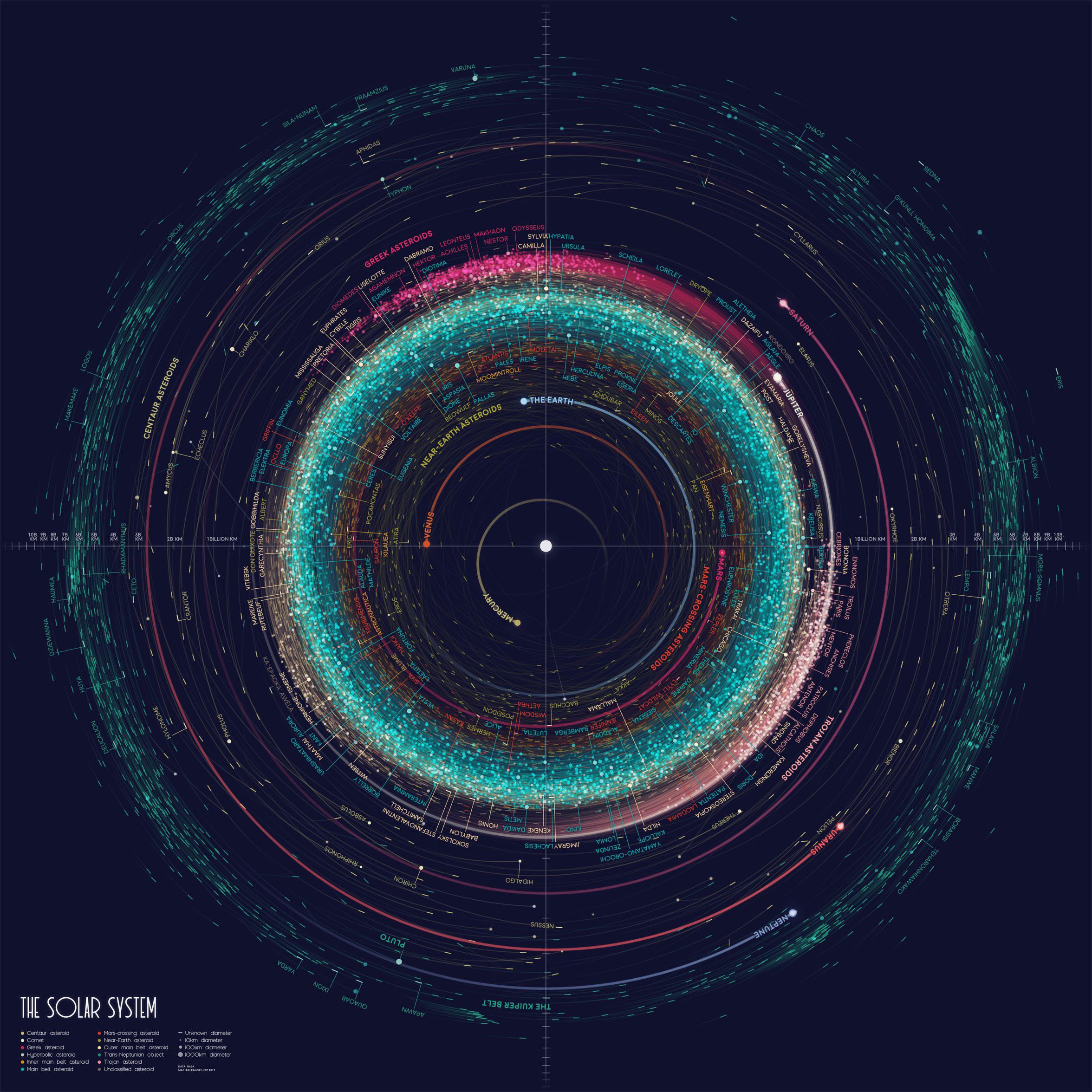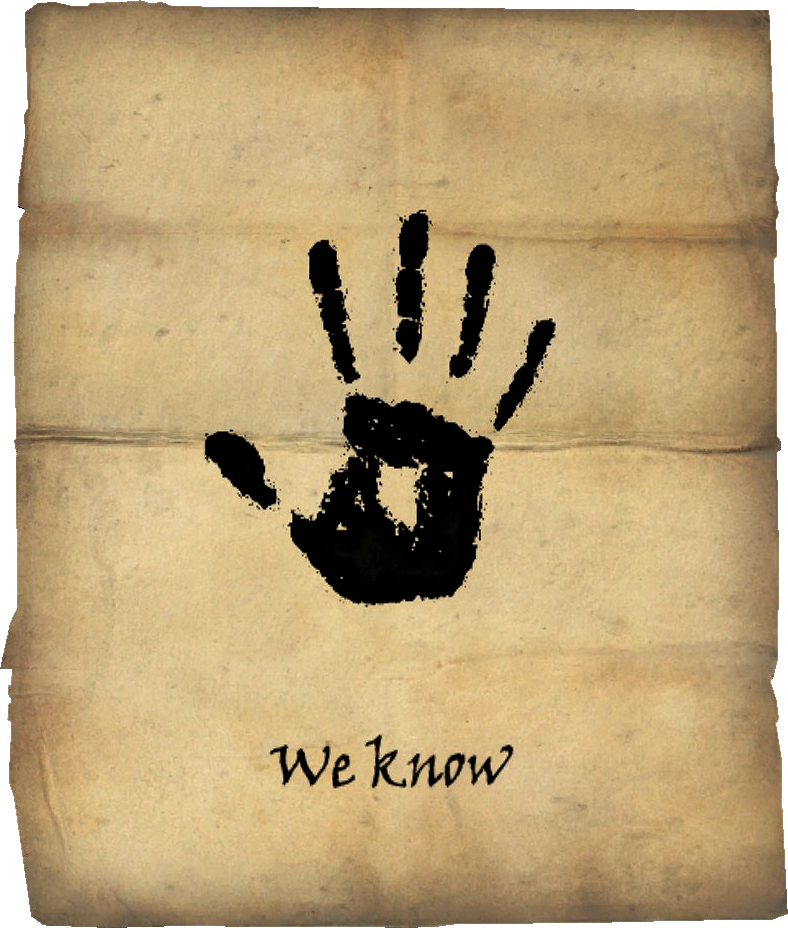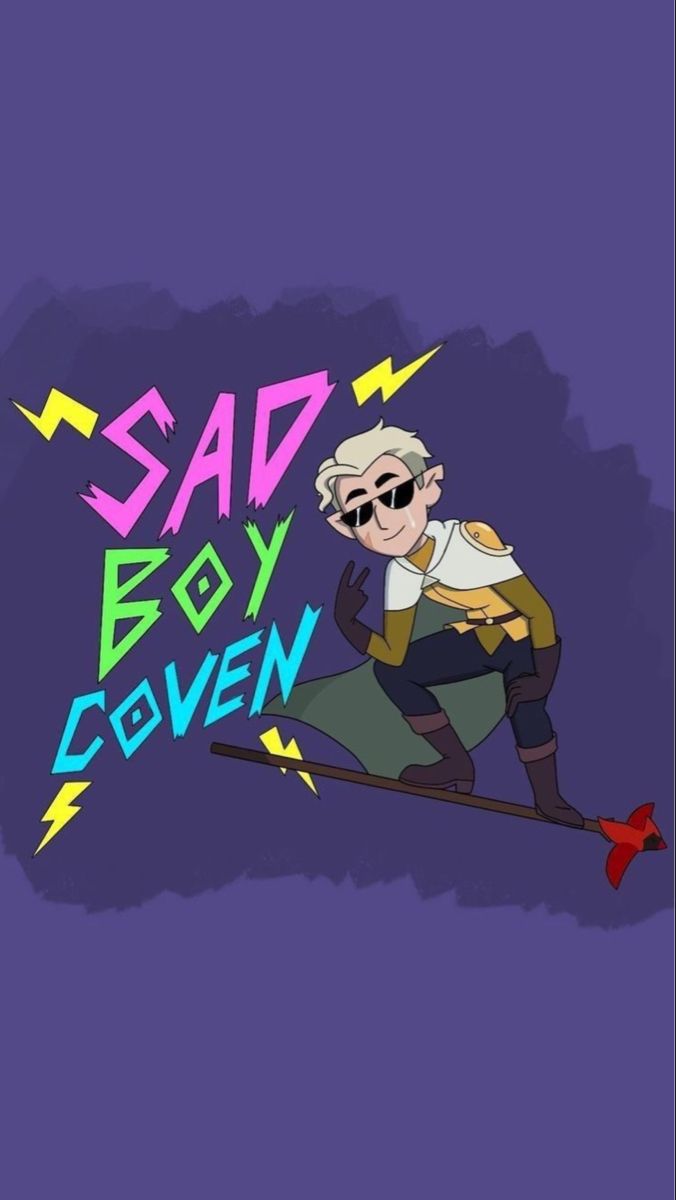Me: That doesn’t seem right. OH. Oh, I am stupid.
*OH2
I am impressed by how clever that was. Well done.
It’s almost impossible to see the last two words because your brain is already reeling from the rest of the statement. It took me a few tries to finally parse it.
Not stupid. Our brain can just get tripped up sometimes and read what it expects to read instead of what’s really there. The sad part is that there are educated people in the US even today that would be surprised or even argue against you if you stated the other version (more atoms in a glass than in our galaxy). Our science education is woefully lacking now.
What blew me away that I learned not too long ago is the notion that if the galaxy was the size of the US, our solar system would be the size of a fingerprint. Try to even visualize that. (reference is the Epic Spaceman YT channel)
We had a young, hippy science teacher through 70s grade school. Looking back, that woman made more impact on my life than any other teacher.
Every year, every fucking year, she’d start with the difference in fact and opinion. “Yeah, I get it already. Can we move on?” Apparently not many others got that bit of education.
She taught the scientific method and how it works, she taught how to experiment, how to measure. I still set a beaker down and wait for it to settle before moving on. And I’m not in science!
NGL our solar system being the size of a finger print is (somehow) bigger than I expected.
Another fun size thing I heard recently was that if an atom were the size of a football stadium then the nucleus would be the size of a pea.
A fingerprint? That’s actually bigger than I figured.
I very slowly zoomed in on the actual words in the post.
Started off processing “molecule” as “mole”, “solar system” as “galaxy”, and thinking “ha, don’t know if that’s true but it sounds both plausible and neat”.
There are definitely more hydrogen atoms in a mole of water than stars in the Milky Way.
The Milky Way has somewhere between 100 and 400 billion stars according to Wikipedia (
1*10^11to4*10^11). A mole of water has6.022*10^23molecules in it, each of which has two hydrogen atoms in it for a total of1.2044*10^24hydrogen atoms.10^24 / 10^11 = 10^13which is ten trillion. So, a mole of water has roughly ten trillion times as many hydrogen atoms as the Milky Way has stars.Chad water / virgin Milky Way
Imagine how many more moles of hydrogen the Milky way must have than a single mole of water
Wasn’t thinking moles, not that technical, but it sounded plausible vs. the number of stars in the Milky Way.
Wait…
The glass of water is a bit misleading. Your brain starts thinking about all the water molecules inside. That’s all.
That is a masterfully crafted mansplaining trap.
Chappeau.
That’s actually just the first part of the phrase. The whole thing is “je ne suis pas français, chappeau”
edit: Ok this was supposed to be a joke about mansplaining something you know nothing about, but we fell into Poe’s law.
just the first part of the phrase
Seems to me like it was the last part of the phrase.
Actually it’s the middle
Ah okay, what’s the full phrase?
je ne suis pas français, chappeau
I tried googling this to see if I was missing some reference or something and it led to strange google behavior I’ve never seen before… When I search “je ne suis pas français, chappeau” without the quotation marks, Google automatically changes the French to English in the search bar when I hit the search button.
Anyone else experienced this? For what possible fucking purpose would that exist?
I didn’t get that behavior, but no significant result to explain the expression either.
But on the topic of weird behaviors, try to get copilot or meta AI to make a sign or an image for you with a phrase in a different language than your own.
They always translate it, I can’t get them to keep the exact text at all.
Huh, this is an interesting intercultural communiaction trap.
In my area, this is just used as a shorthand/slang/idiom for “nice, i respect that” or in place of a nod or “thank you”
Edit: i should add, that as far as i know, a chappeau is a type of cap or hat? Right? have to google that.
edit2: yes, a hat. The origin of the use I know for it is probably a salute where you touch your finger or hand to the hat, or lifting the hat.
Here saying “hat” seems to be enough :D
Hat
Click here if you don't understand
There is only one star in our solar system - the Sun.
And if you somehow still don't get it, click here
Meanwhile, there are two hydrogen atoms in a water molecule - H2O
If you're still having trouble, click here
2 is greater than 1
And if all of this continues to elude you, click here
You just lost The GameTM.
Drats, it seems I’ve been outplayed! ಠಗಠ
Only if they are good things. 2 people trying to stab you, not greater than 1. Pessimism, the negative perspective. Only in math do we hold onto those darn dashes
This guy is right, we need an asterisk.
We need the same number of stars in our solar system equivalent of CCs of asterisk in here, stat.
I have no idea who you are, but the fact that you said I was right about something means I completely agree with you. …what was I right about?
Well frankly that’s just none of your business.
Sexy and secretive. Keep it up stranger. Flattery and denial will get you far in life. Haha
2 people trying to stab you, not greater than 1
From the Hollywoo rule of attackering protagonists, more attackers mean more ways to foil them by misdirection and mutual banging each other, therefore 2>1.
I’ve seen this described as Conservation of Ninjitsu, the more mooks Our Hero must face, the less competent each of those mooks will be.
Plot armor set at 100 but if suddely someone gets a lot more screen screen time and is told how important they are to to people, they get a -75 to their armor for the next 20 minutes of runtime.
Much like that 5 minute gap in a romcom where their int. hits 0 for 5 minutes and they fail to be able to ask a single question and just steam roll what they act like is a tank into a square but really ends up being that it was a misunderstanding.
i don’t understand
why are you quoting the sun?
I understand
It’s clearly short for “Sun Wukong.”
I really need to read better, I still thought it said galaxy.

Yes, the “if you don’t understand the joke” comment explains the joke. That’s the point.
It’s 2 > 1, so correct two hydrogens versus one star: Sol
What about celebrities?
Celebrities contain more than two hydrogens, true.
O sole mio!
There are more memes estimating the size of the universe than there are stars in the galaxy.
Solar system.
You’ll have to prove this one.
With greater hydrogen comes greater responsibility.
Like twice as much
I skipped reading the word stars, and I thought it was deliberately wrong to rile people up.
Petition to classify Pluto as a star
petition granted
We can just add it to Jupiter.
Even with the +200 other dwarf planets we wouldn’t get there.
Sedna had it’s chance.
Where is there? 2?
The statement of the post.
Dwarf planets wouldn’t change the equation
There are 2 hydrogen atoms in a single molecule of water and there is 1 star in our entire solar system. 2>1.
If you have 2 stars, you’d have 2=2
No, there can be only 1.
- Number of hydrogen atoms in a single molecule of water (H2O): 2
- Number of stars in our (ENTIRE) solar system: 1
That’s the joke.
Thanks, I never would have been able to understand 2>1 if you hadn’t written up that amazing power point slide.
Most people have more balls than there are stars in our solar system.
Wait, are you counting ovaries?
The average human has somewhere between 1.1 and 1.4 testicles.
Late edit: I was not sober when I wrote this and I definitely did the math wrong.
How are you averaging the humans? Or are you averaging testicles?
Considering 50% of the population doesn’t have testicles, the average being over 1 indicates that there are a few million people with 3 testicles.
But there are also many men with one or zero probably more than people with three so it should probably net to less then 1 average. Unless you count prosthetic testis in the total.
If you’re counting prosthetics, then there could be one guy really bringing up the average.
Testicles Georg is an outlier adn should not have been counted
Is this because of intersex conditions or something? Or just a number you pulled out of your
assballs?Good friend of mine has 3. One is apparently tiny, but it’s there. That man would fuck a snake if you hold it’s head. Horniest man I ever met.
c/theydidthemathincorrectly
Not Hitler though.
deleted by creator
I have a dog, so I’m bringing up the average. We’ve got (dog-sare) tennis balls galore!
deleted by creator
My autopilot brain kept skipping over molecule and missing the joke lol.
There are fewer hydrogen atoms in a single molecule of water than there are fingers on my hand.
Check and mate.
There actually are more molocules of H2O in 10 drops of water than there are stars in the observable universe.
Optimists: the glass is half full
Pessimists: this half empty glass of water has more molecules than there are stars in the observable universe; life is meaningless
I don’t think we can see much, now can we?
“Observable universe” isn’t how much we can see, rather how much it is theoretically possible to observe by any physical means.
I also don’t think that water drop fact is correct. The estimated number of stars in the observable universe is 10^24, which is about an order of magnitude more than 1 mol, and 1 mol of water is about 18g, which is quite a bit more than 10 drops.
Infinity beats both.
Yes, but both of those measures are in the finite space.
*finite amount of space
Ken M made a similar joke a while back right?






















